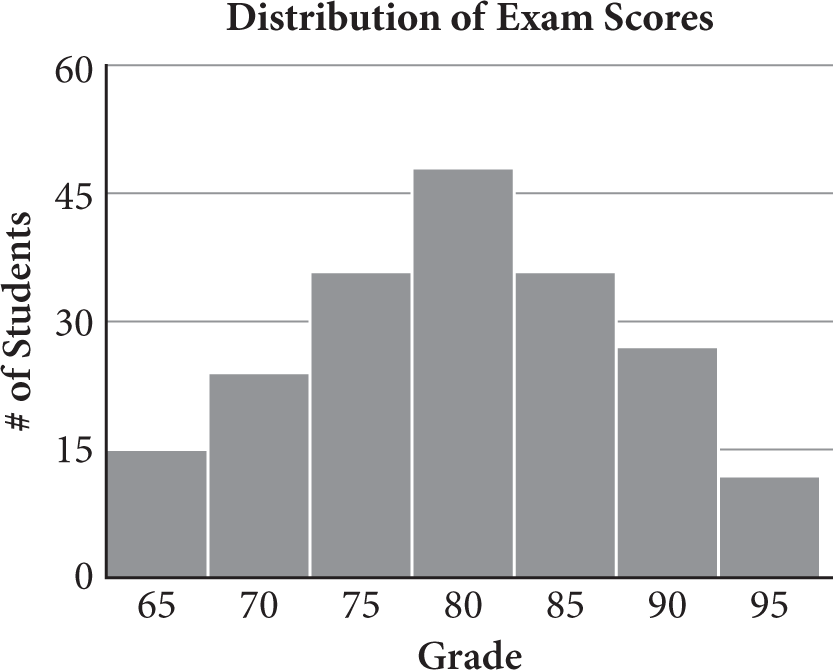|
Step 1: Read the second question in the set, looking for clues
|
|
|
From the previous question, you know the number (and percent) of games that received
a rating of “bad.”
|
# games with “bad” rating: ____; = ____% |
|
Step 2: Identify and organize the information you need
|
|
|
You’re asked for the difference between the percentages of games that received a “bad”
rating before and after 50% of such games are removed from the store’s inventory.
Your answer from the previous question is key to this calculation.
|
“bad” % pre-removal: %
“bad” % post-removal: ? |
|
Step 3: Based on what you know, plan your steps to navigate the second question
|
|
|
You know the store wants to get rid of 50% of the games that received a “bad” rating.
You already know the current number with a “bad” rating, so finding the new “bad”
game count is straightforward. Once there, determine the new “bad” percentage and
subtract that from the original.
|
____ × old “bad” count = new “bad” count → convert to %
old “bad” % – new “bad” % = answer
|
|
Step 4: Solve, step-by-step, checking units as you go
|
|
|
After the 50% reduction in “bad” games, how many games should have a “bad” rating?
|
% × old “bad” count
= new “bad” count
×
=
|
|
Reduce the original “bad” game count by 50%.
|
new “bad” %: × 100
= %
|
|
Divide your new “bad” count by the total game count. Remember that when the number
of “bad” games decreases, the total count decreases by the same amount. Write your
results using a couple of decimal points to minimize rounding errors.
|
|
|
Subtract the new “bad” percent from the old “bad” percent.
|
old “bad” % – new “bad” %: % – %
= % |
|
Step 5: Did I answer the right question?
|
|
|
Did you get 11.9? If so, you’re absolutely correct!
|
% change:
|
